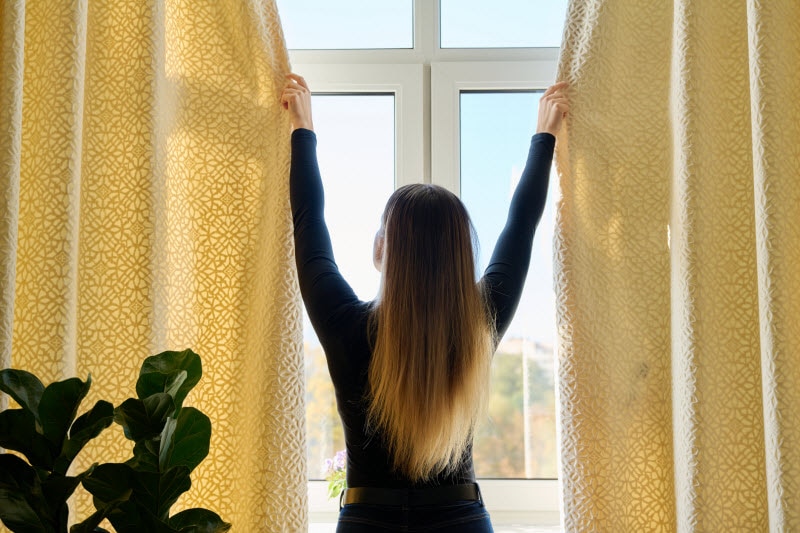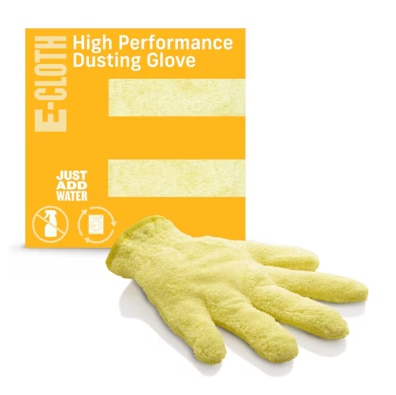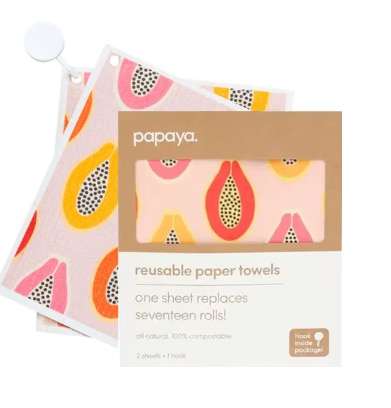If you’re eager to live a sustainable life but are overwhelmed with how to start, here’s relief: Some of the best sustainability tips are the easiest sustainability tips.
Sure, you can buy an electric car or install solar panels. But at its core sustainability means making smart moves to be comfortable today while also being a good steward of the future, and nothing about that says you have to spend a lot of money or use advanced technology.
10 Minimal-Effort Sustainability Tips
Here are 10 sustainability tips and tricks that beginners will love but that anyone can adopt:
1. Turn off lights
This is probably the simplest sustainability tip on the list because it’s so basic.
Habit is the main reason people do or don’t turn off lights when they leave a room. Create a new pattern of flicking the switch when you finish doing something in one part of your home. If no one’s there, there’s no need to light it.
2. Change your HVAC filters (and don’t use the highest MRV rating)
Here’s another simple tip because you do it only a couple times a year.
If your HVAC filter is dirty, your system won’t function efficiently, and that means it’s going to use more energy. Most filters say that you should change them every three months, but those are basic guidelines. If you don’t have pets, don’t smoke and you maintain a mostly dust-free home, your filter will last longer.
Also, find a sweet spot for your MRV rating. You need a rating that filters well but isn’t so high — think 12 or 13 — that it belabors your system. The highest ratings filter viruses, which can certainly be helpful, but you probably don’t need that every day. An 8 is usually good: high enough to filter pollen and allergens, for example, but not so high your system wheezes with effort.
3. Adjust your blinds and curtains
Adjust your blinds and curtains as morning shifts to afternoon and then evening. Let the sun come in when you want heat, for example, but angle blinds to deflect the sun’s rays when you want the house to be cool. Closing blinds and curtains tightly overnight keeps the heat (or the cold, if we’re talking summer) inside.
4. Adjust your crawl space vents
While you’re at, close your crawl space vents during colder months to better insulate your first floor and keep your heating bill down. But keep them open during warm months so you don’t get mold in your crawl space.
5. Turn off faucets while brushing teeth, washing dishes, washing hands, etc.
This takes a little effort, but, again, it’s all about creating a habit. Think: Water in use means leave the faucet on. Water not in use means turn the faucet off. Beginner friendly!
6. Reuse whatever you can
If you get bored easily, this tip will add excitement to your life. Try to figure out what you can reuse. Get creative. Bubble wrap can lift a plant too short for its cachepot, for example. Reuse can be basic too: Instead of buying pads of paper for notes, use paper you no longer need, for instance.
7. Don’t make single-purpose trips (even if you have have an EV)
The grocery store is probably the only single-purpose trip that gets a pass. Otherwise, stack your trips so you hit a string of them, saving yourself gas money and saving the planet energy (an EV still uses natural resources).
8. Use a fan instead of turning down the A/C
There’s a reason buildings in scorching climates have ceiling fans: They get hot, and fans cool spaces with less energy than the A/C. The temperature will feel about 5 degrees cooler when the fan spins.
9. Unplug your wireless router, phone charger and computer charger when not in use
Unplug your wireless router when you’re not using the internet. The most obvious time is before you go to sleep for the night.
Phone and computer chargers are energy vampires; they use electricity when they’re plugged into sockets and not charging anything. Unplug them when they’re not in use.
10. Avoid single-use plastic (and straws and disposable cups)
If you can avoid plastic altogether you’re on the right track. That might be hard though. So at least avoid the single-use stuff, and that includes straws and disposable cups.
Bonus Sustainability Tips
Once you’ve mastered the basics, you’ll be itching for more. These three sustainability tips are clever without being complicated.
1. Take the stairs
Using stairs means you’re saving the energy it would take the elevator to haul you up or down. Bonus: It’s a great way to build exercise into your day without carving out dedicated time for it.
2. Curate your inbox
All those emails take up space in a data center, which means they use electricity and water. If you don’t need them, delete, delete, delete, and shrink your carbon footprint. And if you subscribe to newsletters you never read, cancel your subscriptions.
3. Use loose-leaf tea instead of bagged tea
Nearly all teabags have some plastic, which means you’re eating plastic if you heat the bag along with the tea. It also means you’re adding microplastics to the earth, not to mention the fact that it takes natural resources to manufacture the teabags. Ditch teabags by using loose-leaf tea brewed in a stainless steel steeper.




